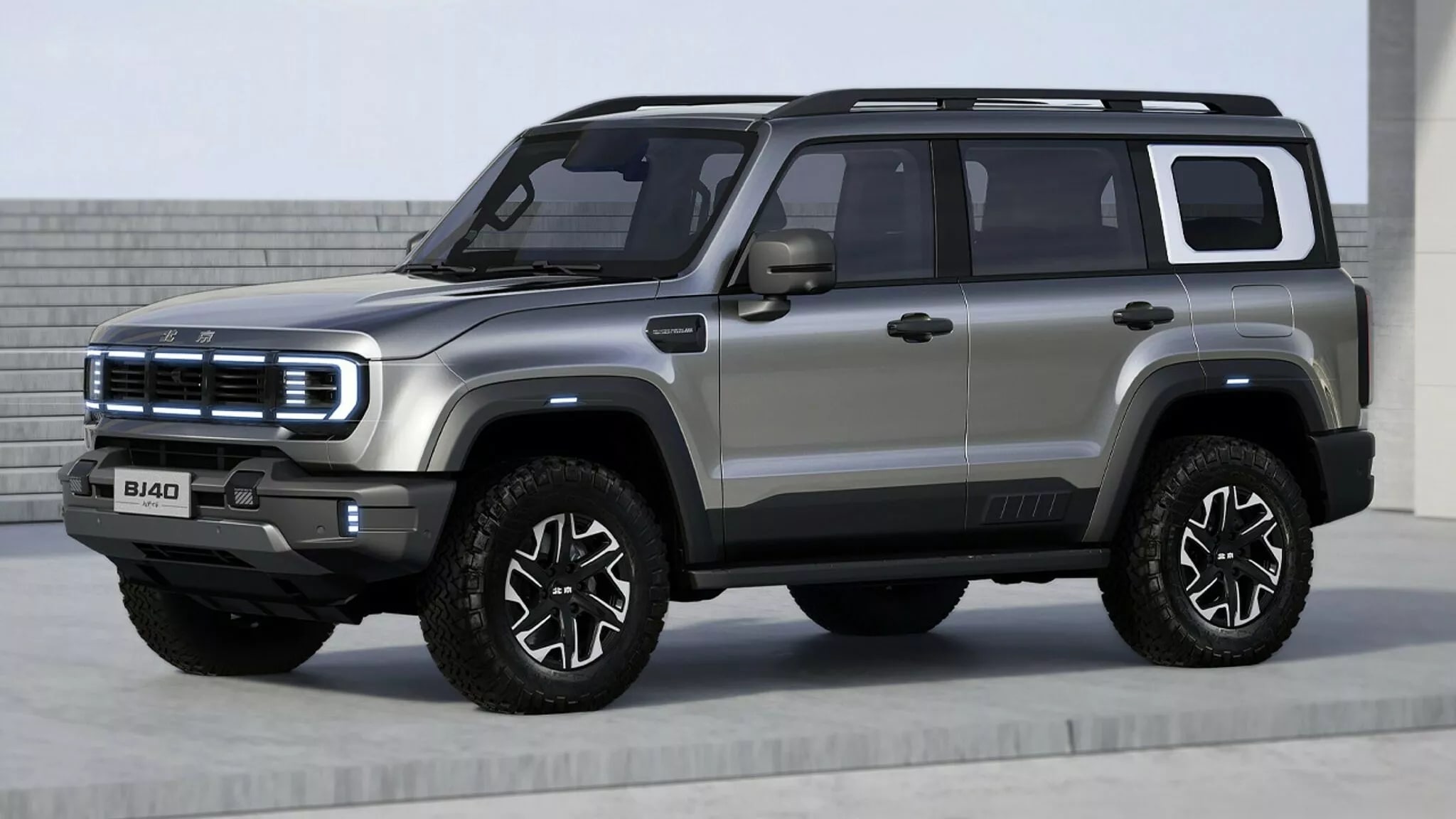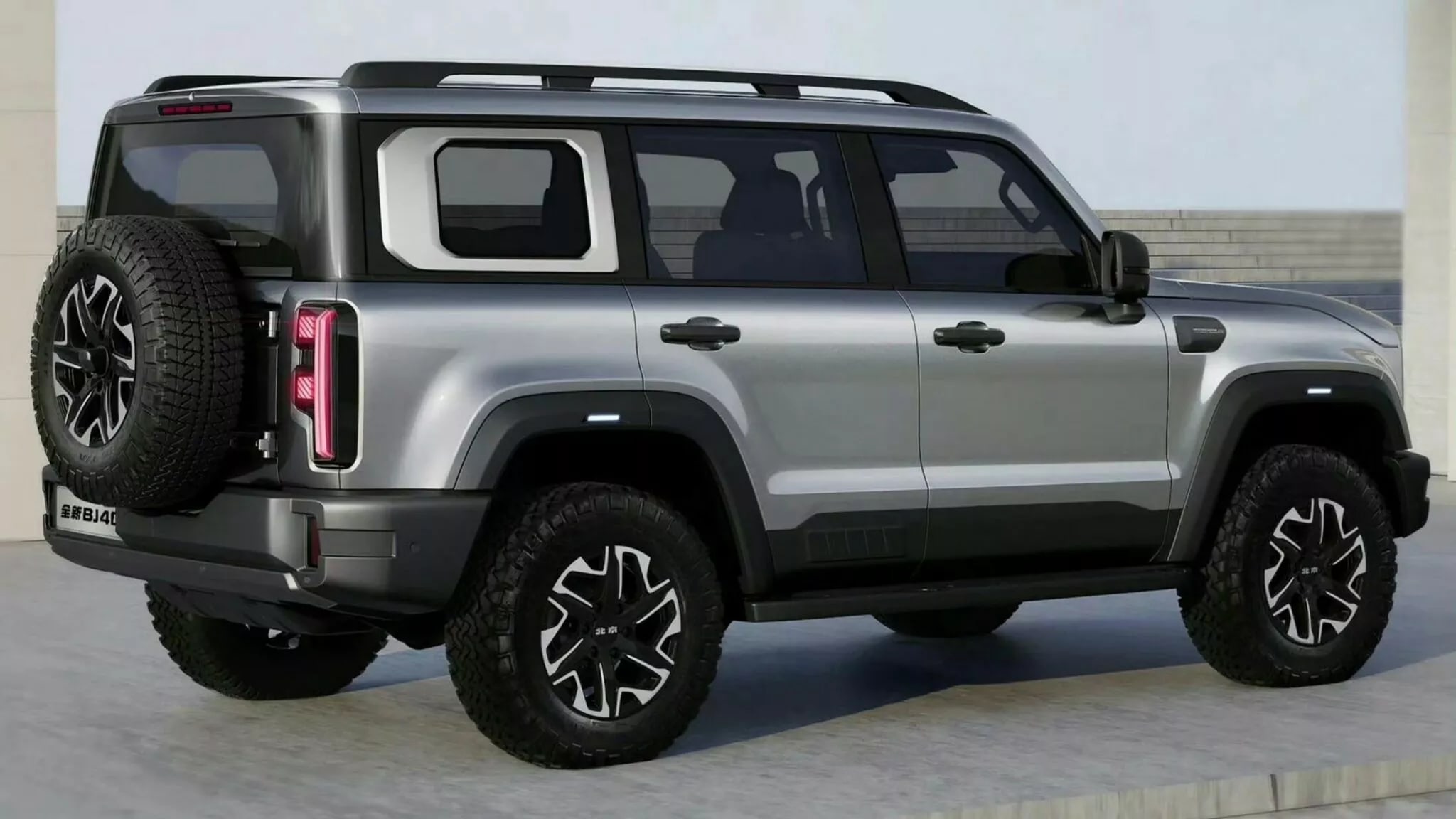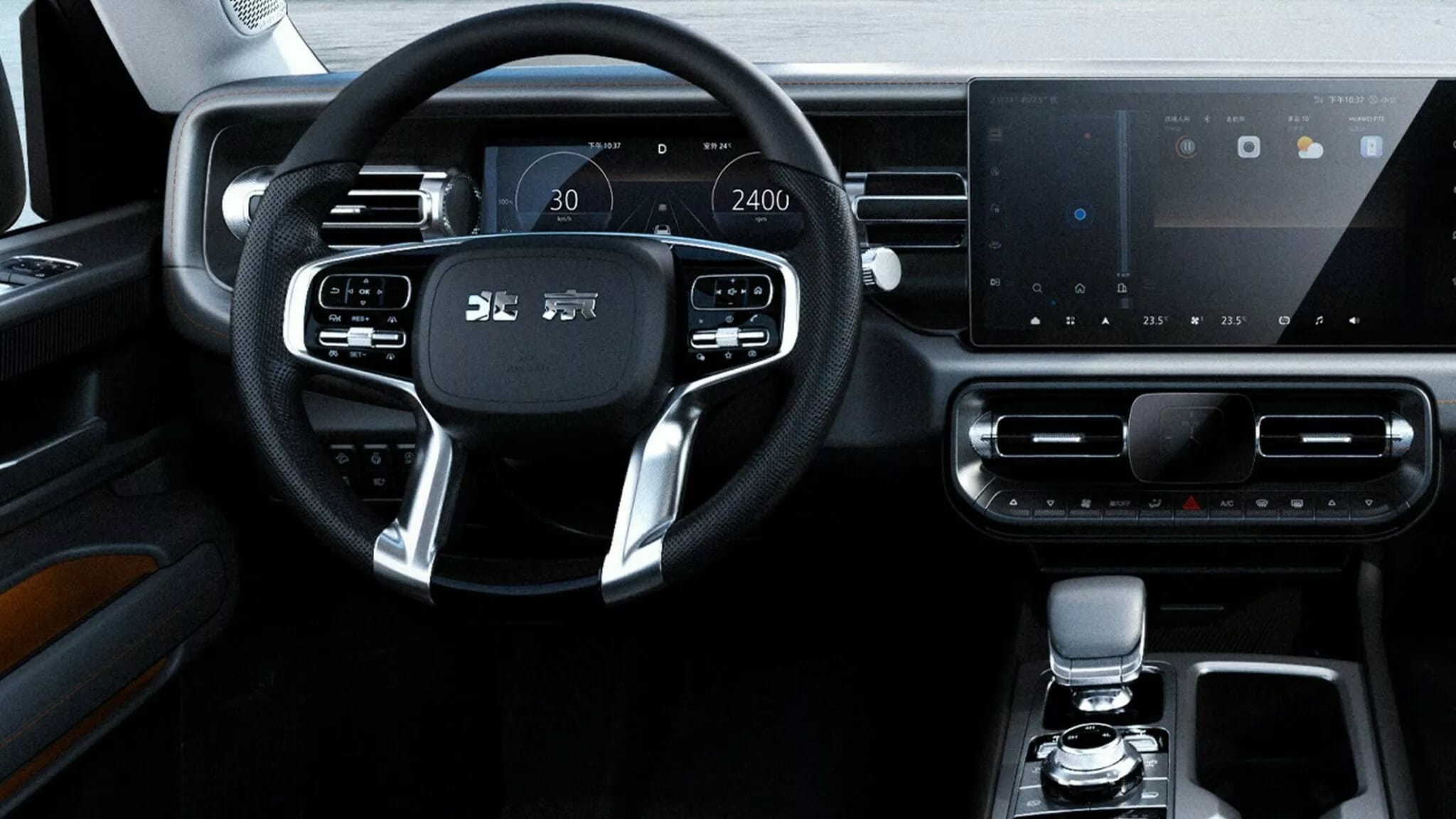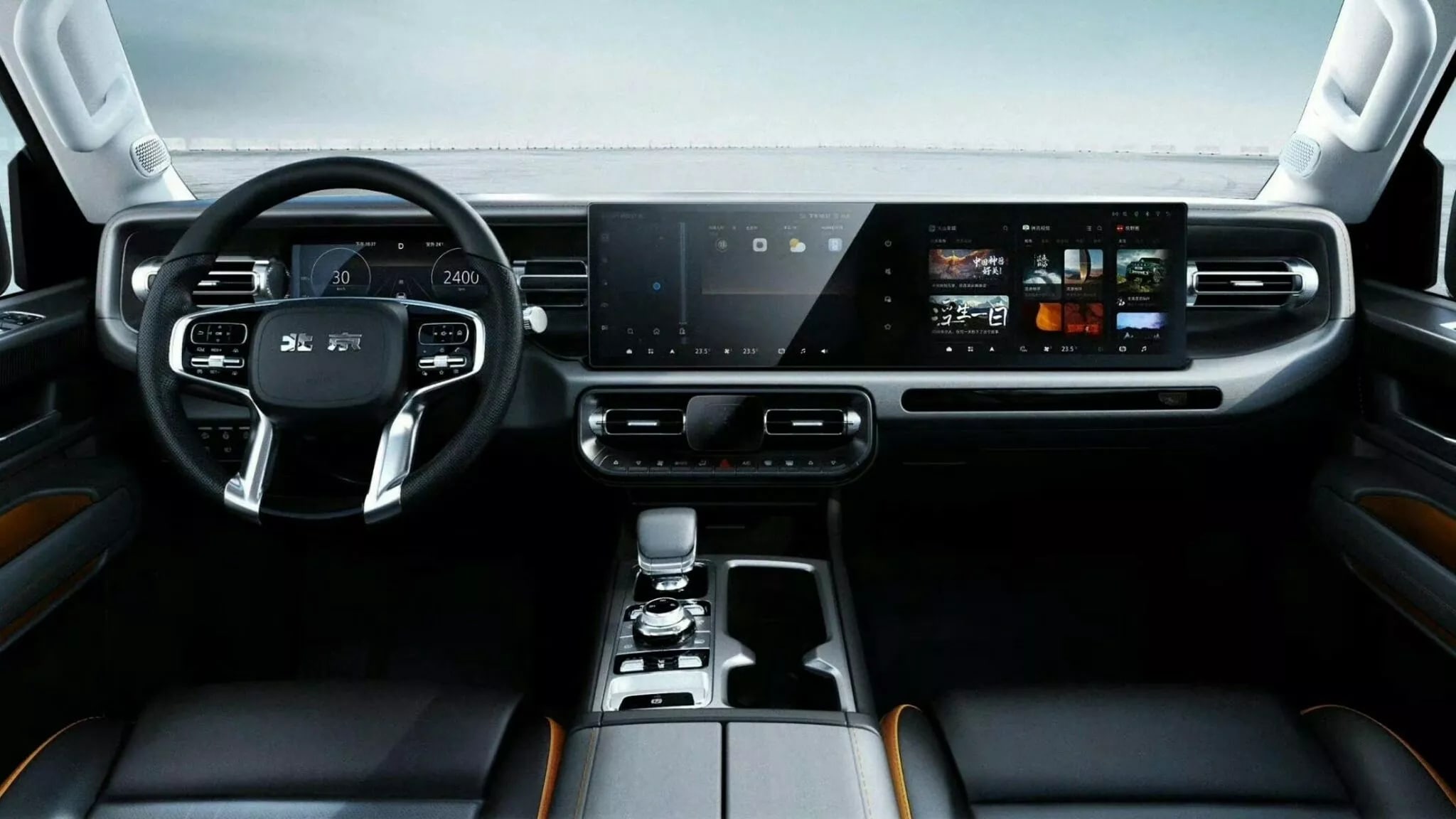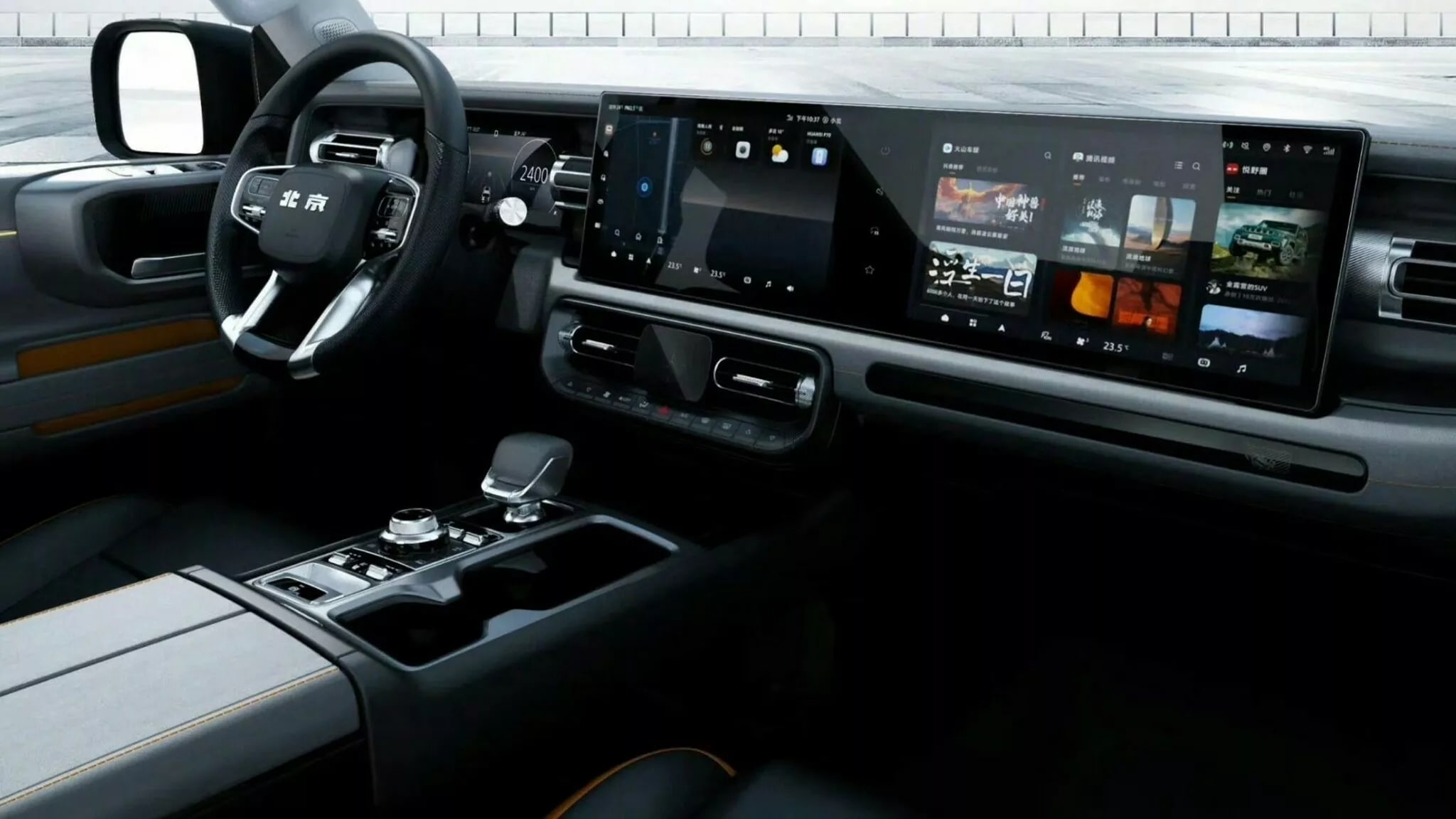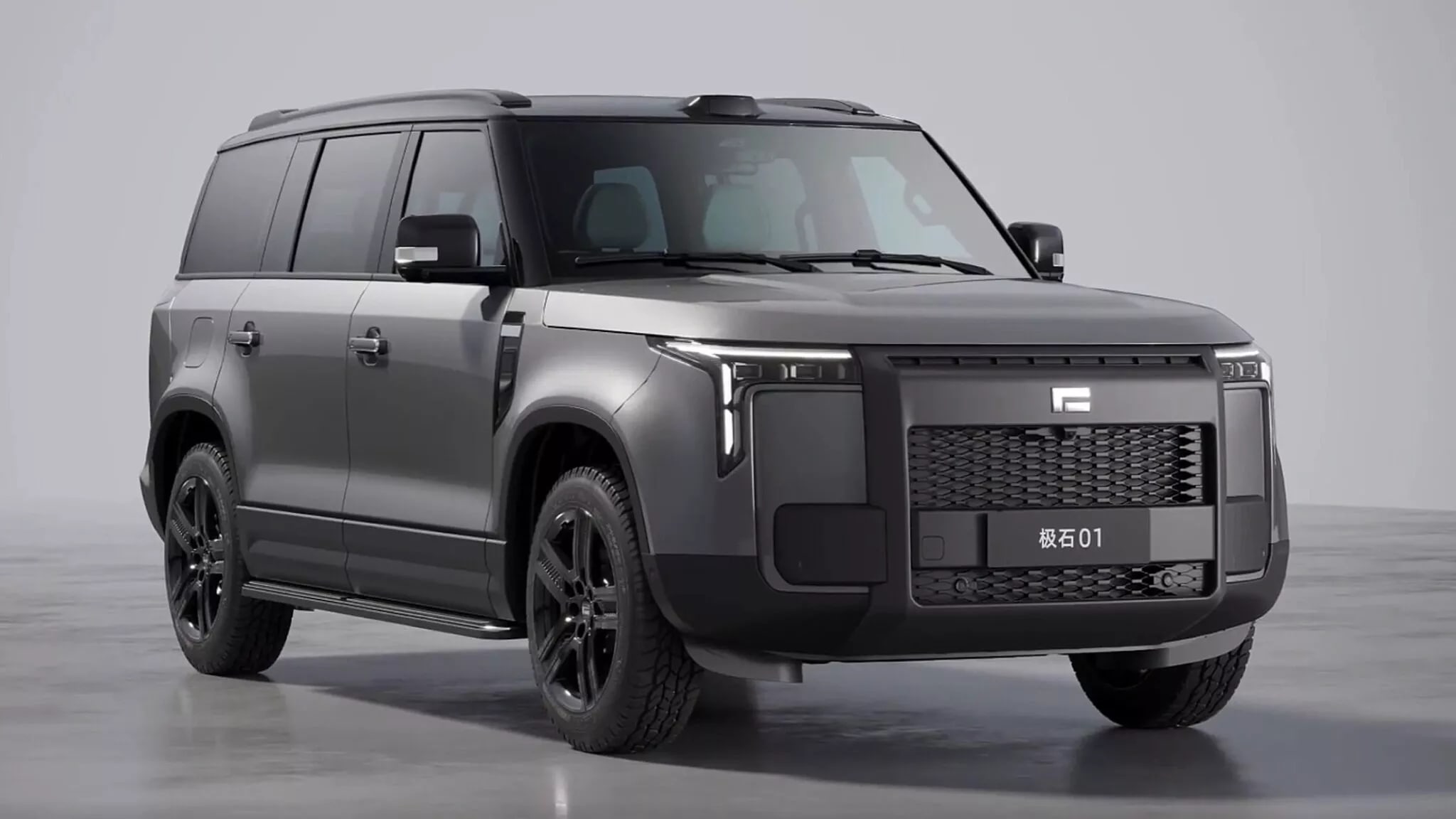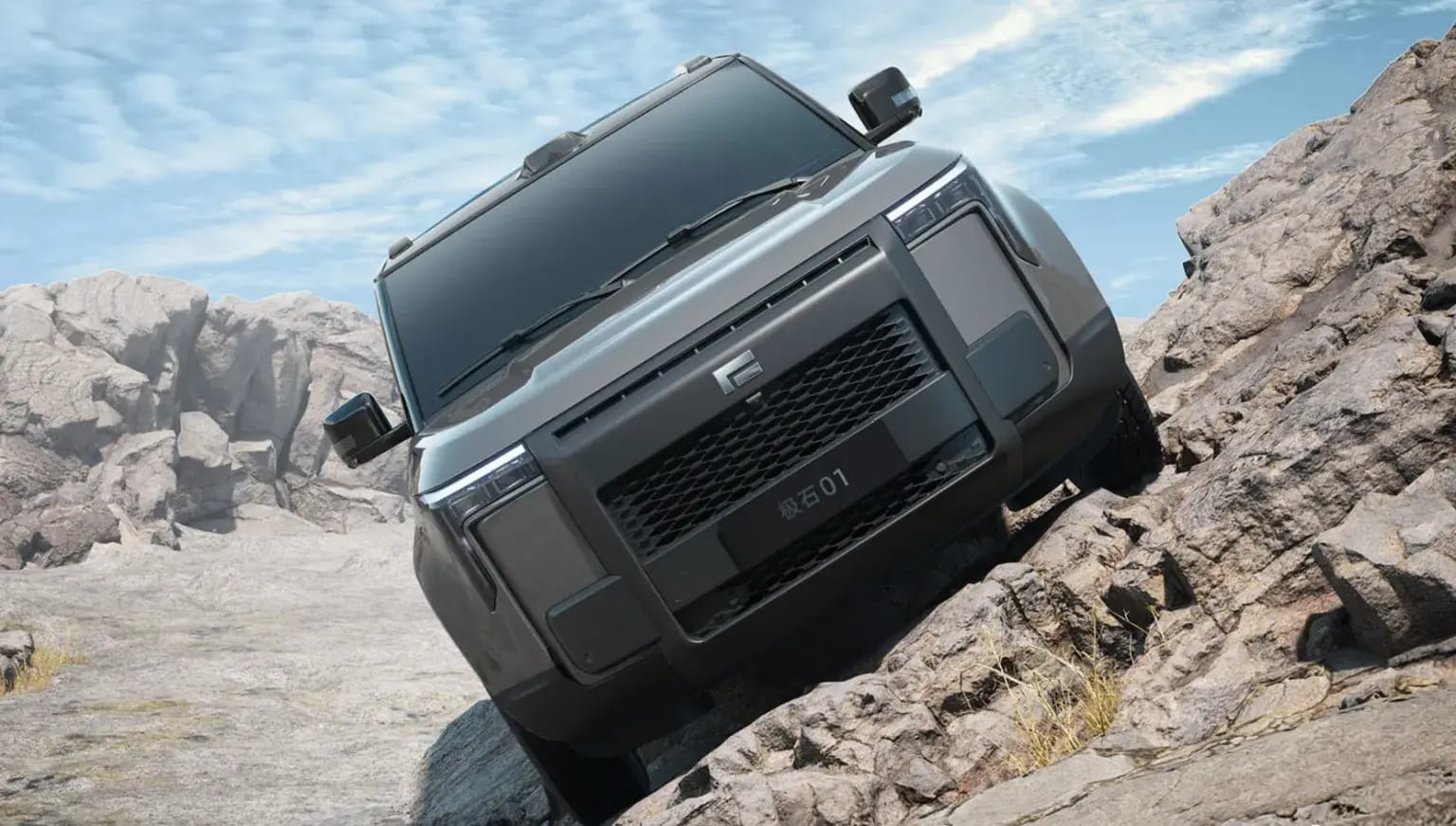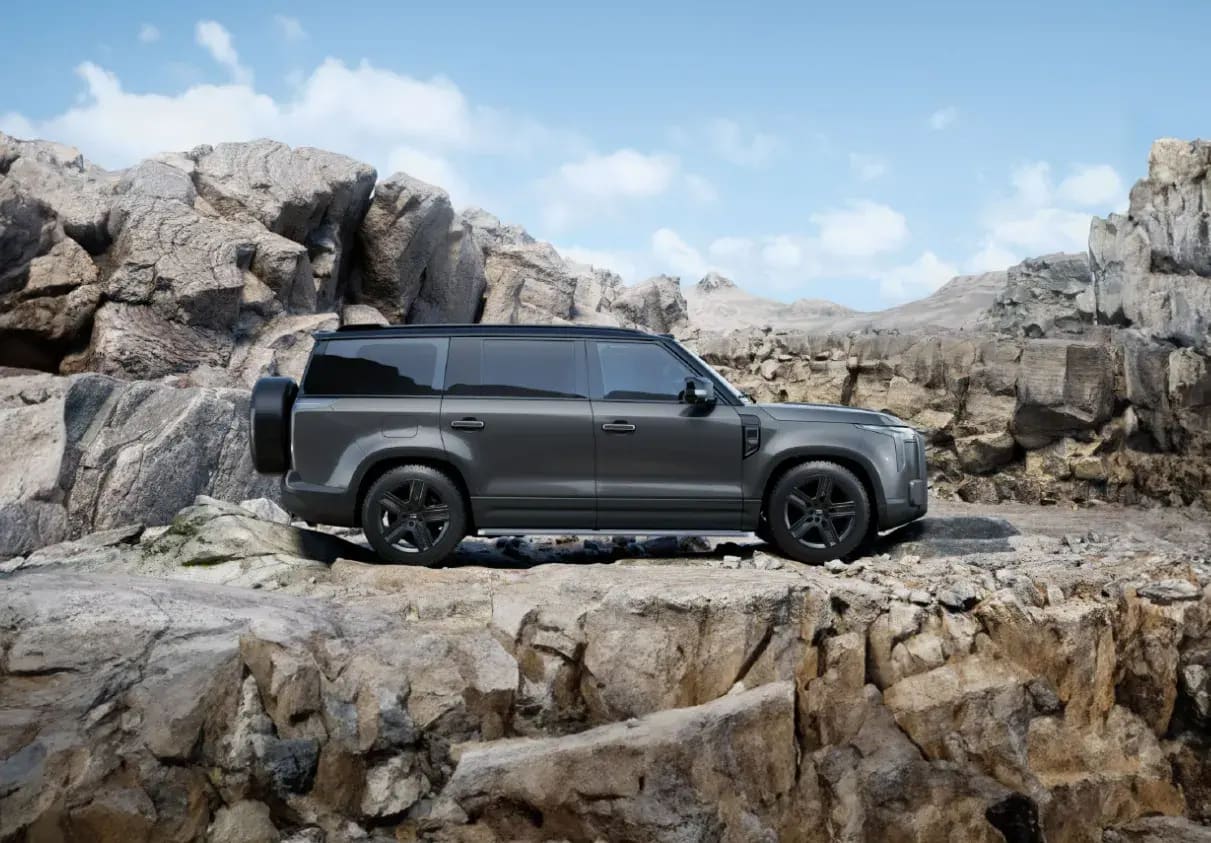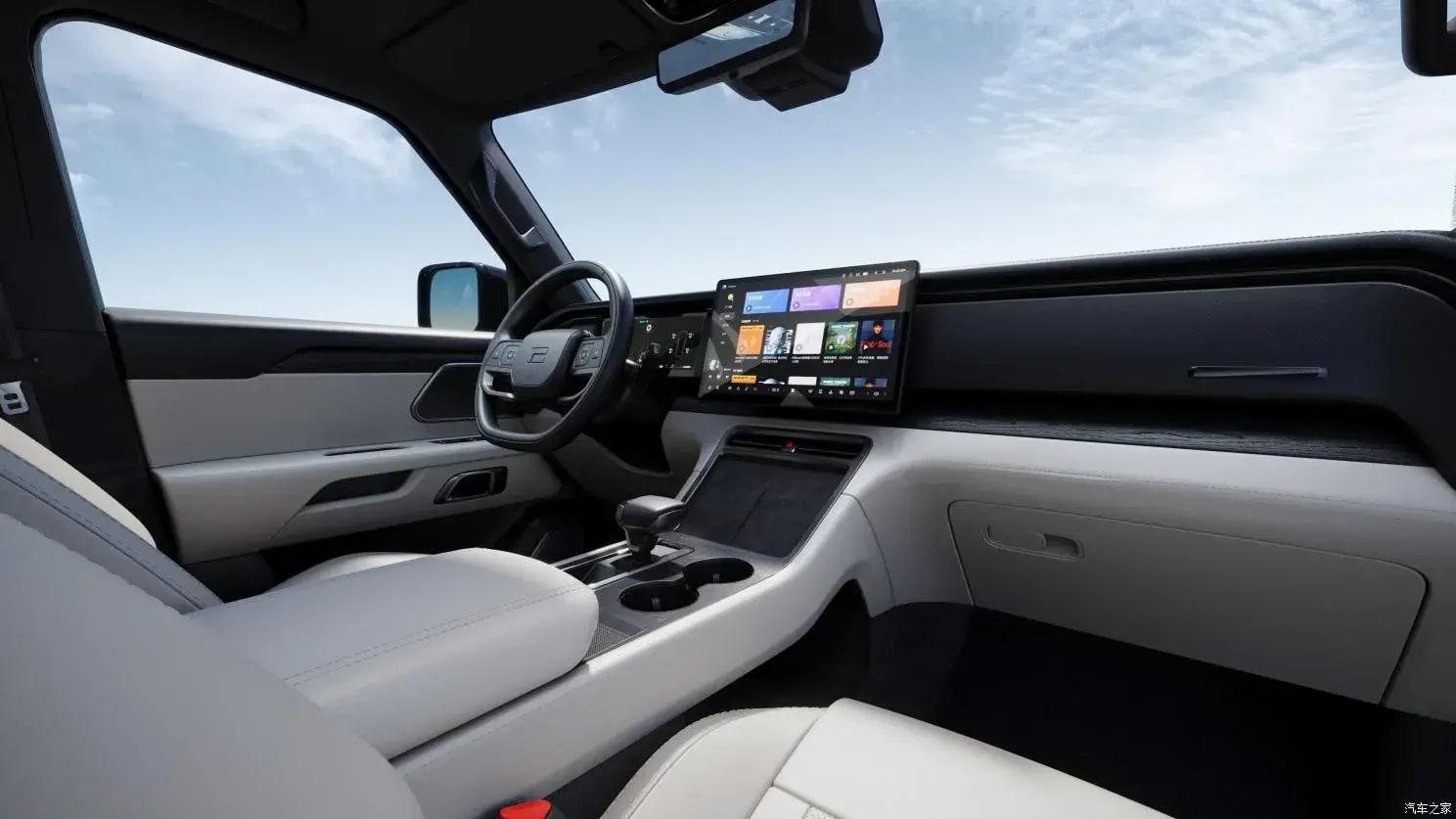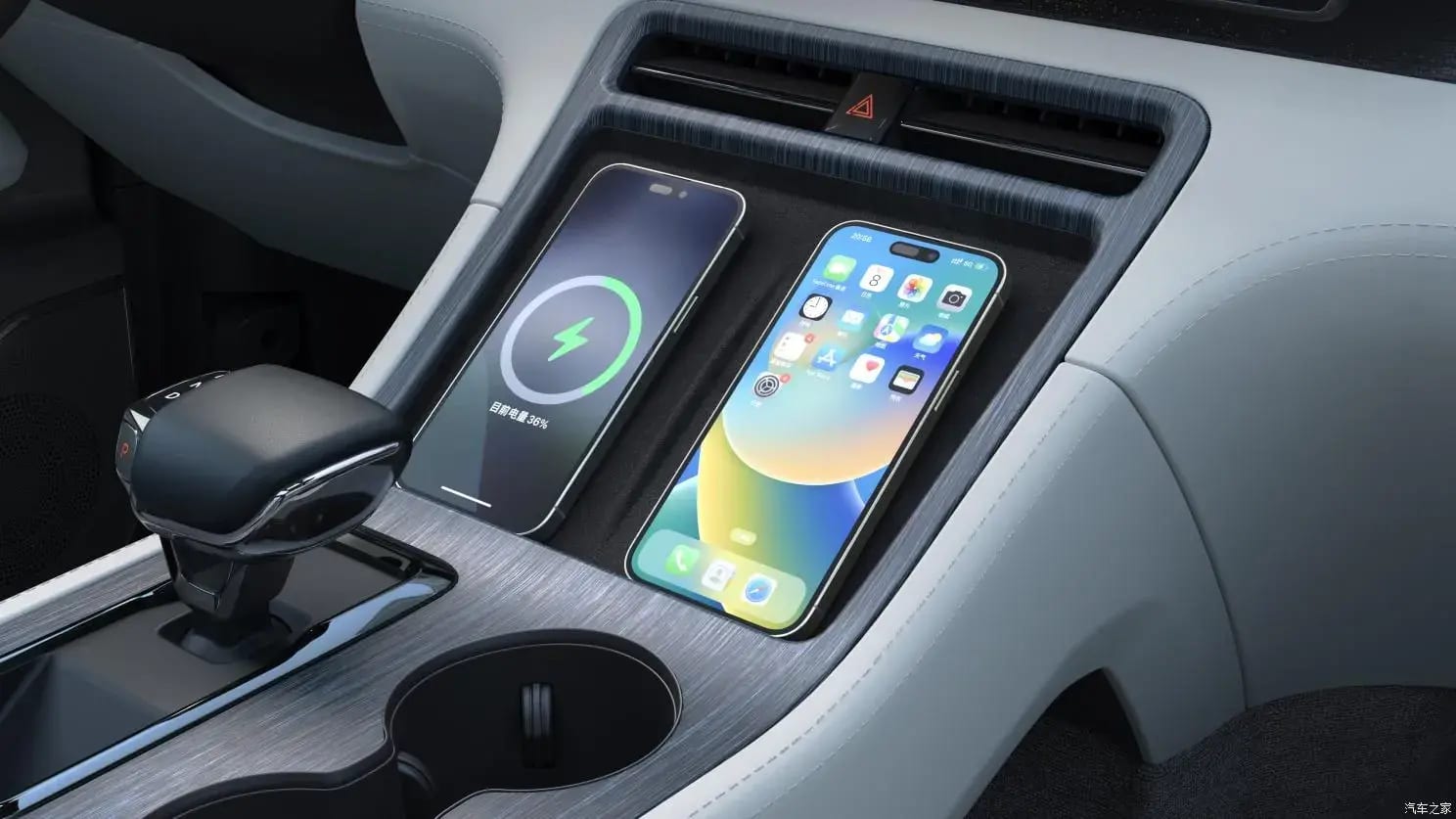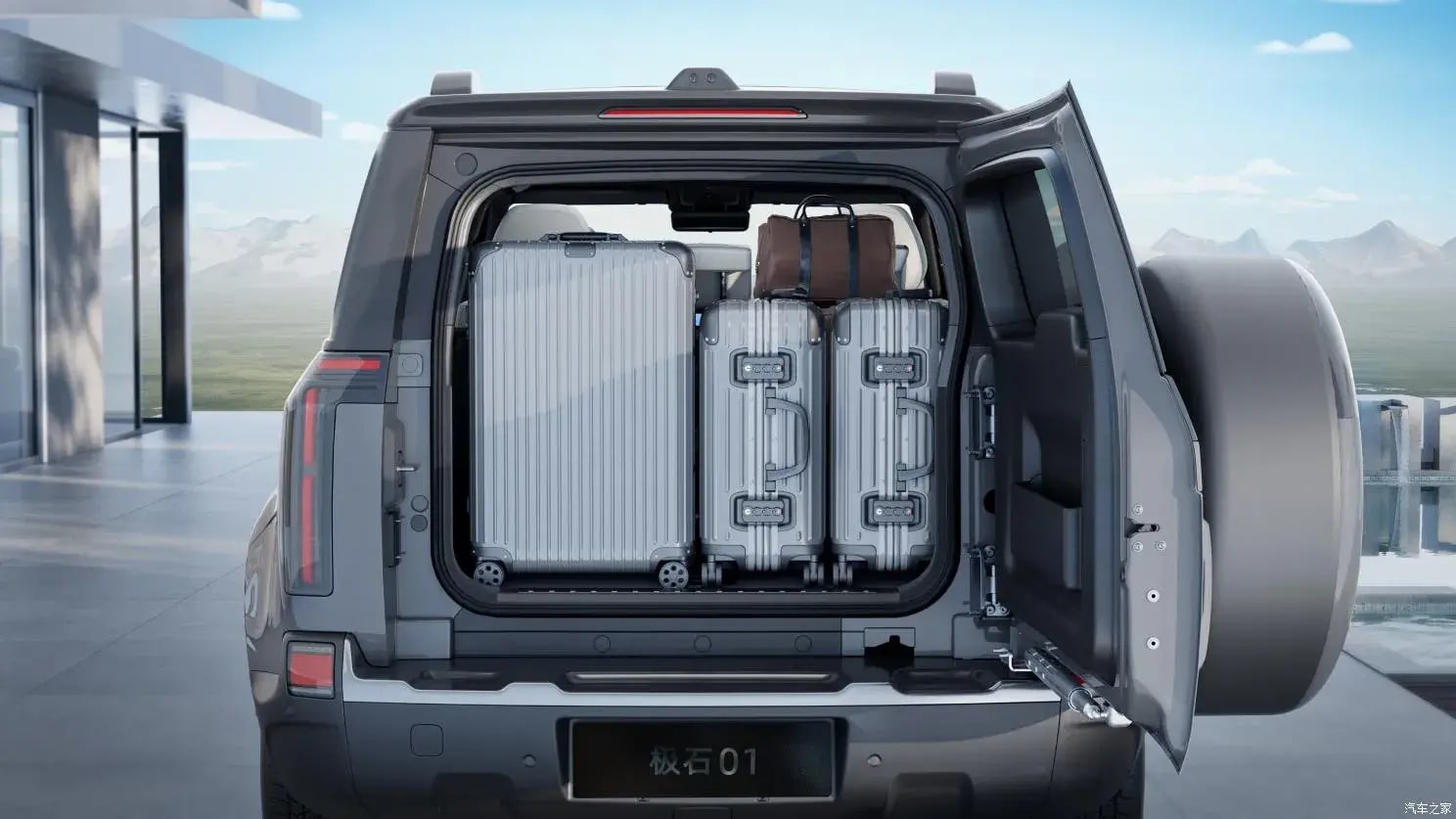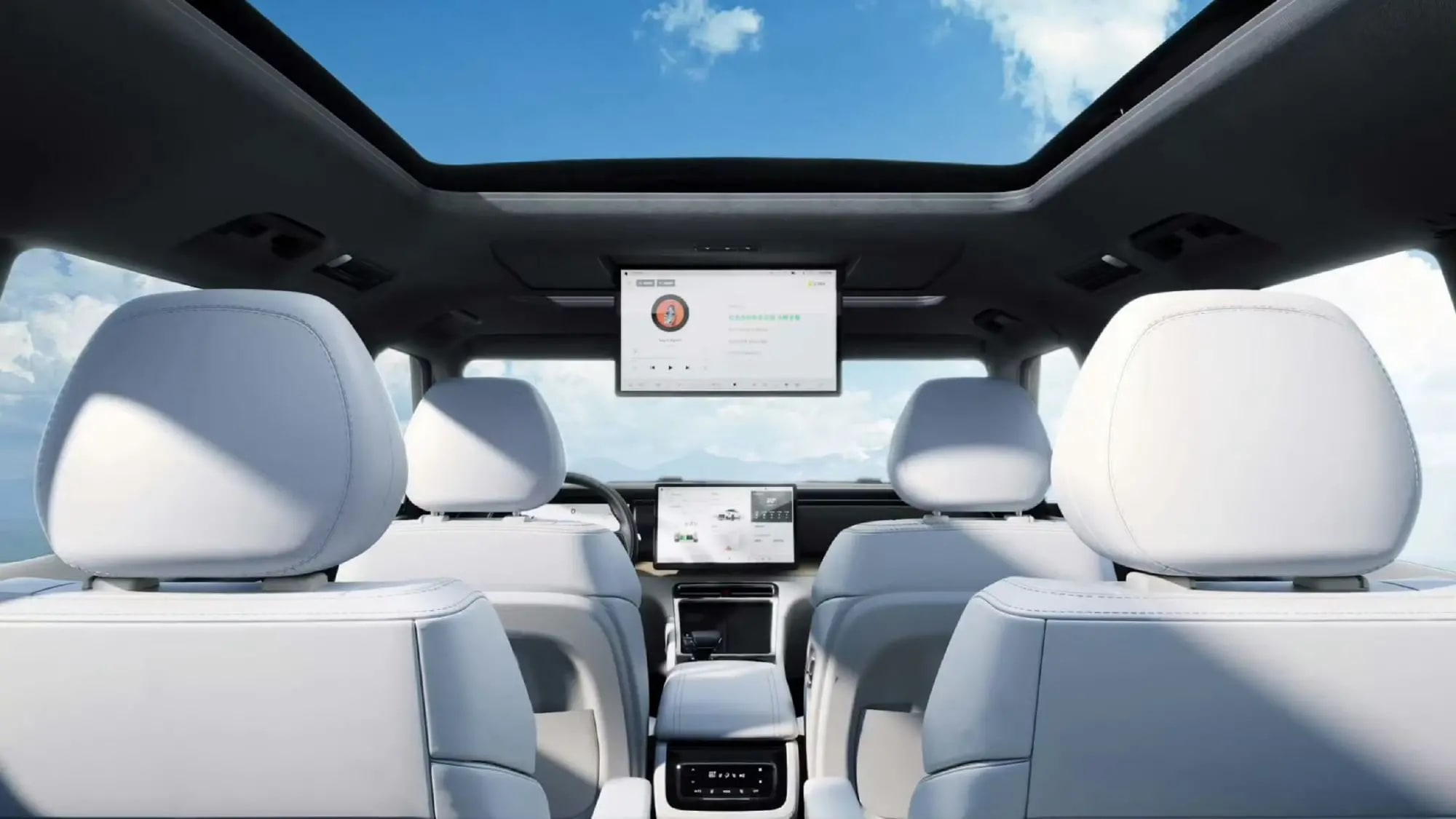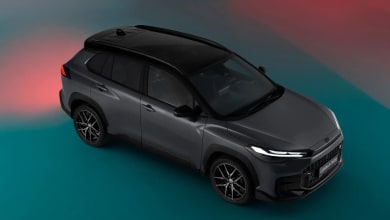Exploring BAIC’s new SUVs
The Chinese automotive giant is unveiling two new SUVs, the BJ40 is replacing its predecessor after nearly a decade, and the Jishi 01 will be the first of its kind to combine electric power. All the details are inside.
The SUV segment is attracting more and more Chinese automakers, who are trying to fill the void that still exists in the absence of strong European competition. However, unlike most of them, BAIC, the Chinese automotive giant, has already gained extensive experience in this segment. For example, it has been manufacturing the BJ40 for nearly a decade, and it has been marketed globally in Latin America, Africa, the Middle East, and even Italy.
Now, BAIC is introducing the second generation of the BJ40, which will need to compete against new rivals such as the Great Wall Tank 300. It retains the look of a rugged off-road vehicle with a boxy body and a spare wheel mounted on the tailgate, along with modern touches such as original LED headlights.
The driver’s environment is much more modern with a digital instrument cluster and a pair of large touch screens, one in the central console and one next to it for the front passenger.
The base continues to use a ladder frame and a similar suspension system – double wishbones in the front and a live axle in the rear. The engine is a new turbocharged gasoline engine with 4 cylinders and a capacity of 2.0 liters (245 hp), which is connected to an eight-speed automatic transmission.
The transmission allows for the choice of rear-wheel drive for the road, four-wheel drive for off-road, low gear, and also has rear and front differential locks.
In addition, BAIC unveiled the Jishi 01, the first model of a new luxury SUV brand, which will be a response to the BYD Tang.
The powertrain is based on two electric motors, a rear one with 272 hp and a front one with 204 hp, powered by a 56 kWh battery pack and a pure electric range of 235 km. A turbocharged gasoline engine with 4 cylinders and a capacity of 1.5 liters will only be used as a range extender, which will provide a total range of 1,115 km.
Compared to the Toyota Land Cruiser (150), it is significantly larger, 21 cm longer (505 cm) with a wheelbase that is 22 cm longer (301 cm). The passenger compartment can accommodate seven passengers, with a pair of captain’s seats in the second row and three in the third. The driver’s environment is modern with a two-spoke steering wheel, a digital instrument cluster behind it, a large touch screen, and an electronic drive mode selector (forward-backward-parking).
The exterior design is rugged, and as is common with SUVs, there is also a spare wheel mounted in the rear. BAIC is expected to include advanced safety systems in the vehicle with a sensor system on the roof. In addition, a dedicated camping kit will also be offered, which includes a built-in awning and a retractable worktable for cooking with a water tap on the inside of the tailgate.
BAIC has a wealth of experience in the SUV category, which is more than other Chinese automakers. This is likely to give it an edge, as developing these models requires knowledge and experience, as they must withstand significantly higher loads than ordinary passenger cars. BAIC is already present in global markets and is achieving significant success there, which is another advantage. It remains to be seen whether the company’s renewed offerings will allow it to enter Western markets and compete with the category’s top dogs.

